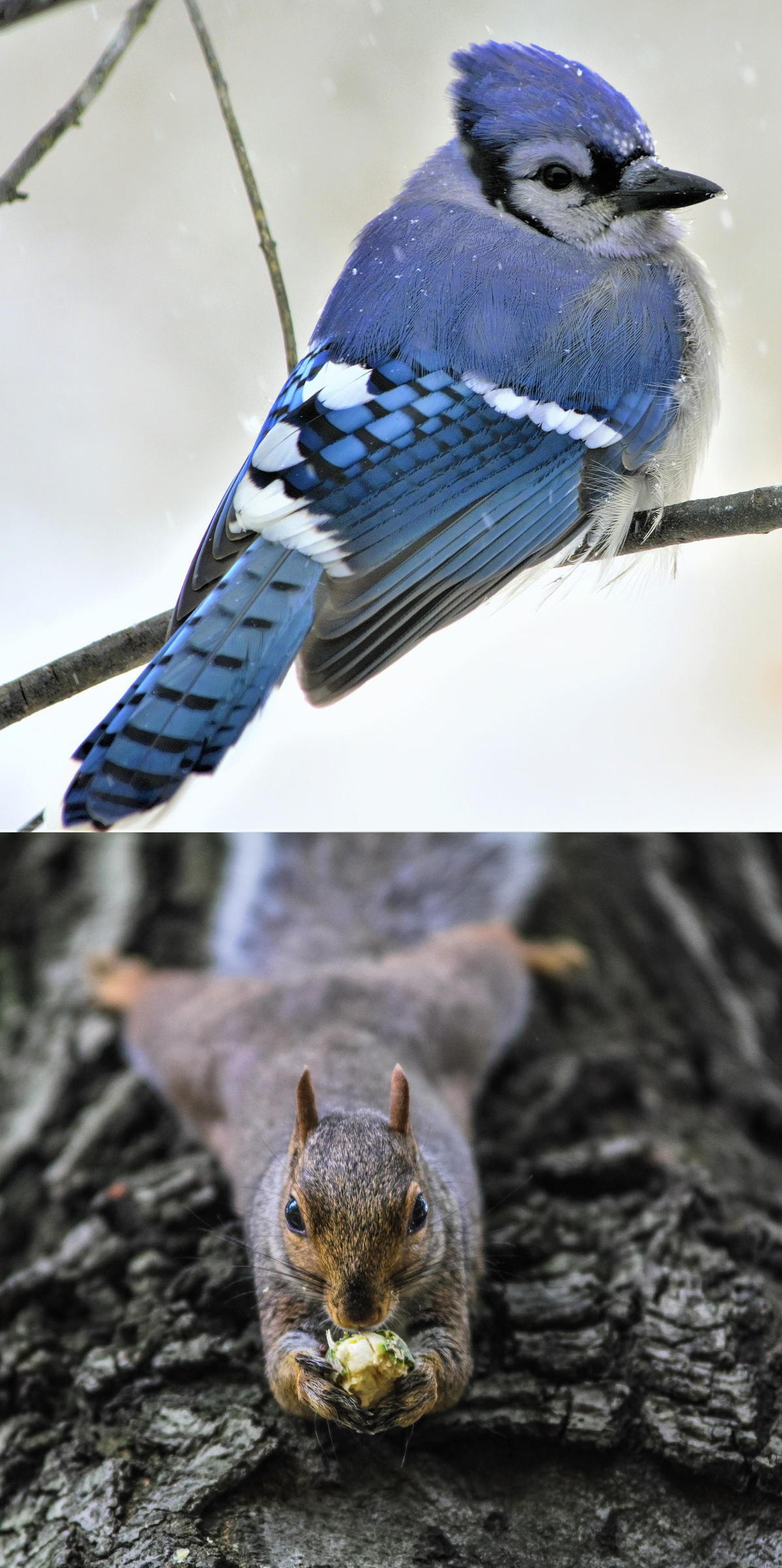Quality, Service, & Forest Stewardship for Over 100 years!
Pike News
Nature’s Own Tree Farmers

While some trees have lightweight seeds that disperse through the air suspended by fluff (Cottonwood) or little wings (Maples, Elms, Ash, Poplar), others go through the digestive tracts of birds and rodents (Cherry, Hackberry). Trees with heavyweight seeds such as acorns or nuts (Oak, Hickory, Beech, Walnut) rely on larger animals to have their seeds transported away from the mother tree. This is where squirrels and Blue Jays have their finest hour. The annual crop of acorns and nuts is, at best, a short lived bonanza. The acorns they gather are stored in caches, which are sometimes quite a distance away from the mast tree. Some of their stores are never recovered, and if the location is right, an acorn germinates and a new tree starts to grow. The fact that squirrels bury the acorns at a perfect depth and in contact with the moist mineral soil results in a much higher survival chance for the acorn.
Squirrels, unlike their close relatives rabbits, cannot digest cellulose and rely heavily on food sources that are rich in carbohydrates and proteins. Their fall and winter staples are acorns and other tree nuts. A special enzyme in their digestive tract helps them break down the tannic acid, which makes acorns indigestible or even poisonous in larger quantities for humans. Blue Jays disperse acorns in a wider range around the mother tree. Some are air dropped, others are buried in small holes in moist and soft soil, which is an ideal environment for survival of the winter. In one documented case, 50 Blue Jays collected 150,000 acorns in 28 days. That translates to almost 110 acorns per bird per day.
It is speculated that the rapid return of oaks after the ice ages is in part due to the fast dispersal of acorns by Blue Jays. Both squirrels and Blue Jays can tell by either smell or weight of an acorn whether it is healthy, diseased, or has parasites. Only the viable acorns are selected for storage. Next time you see a squirrel or a Blue Jay, remember the work it does in your woods.

